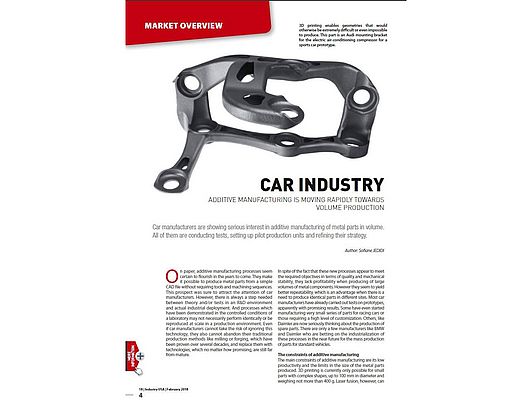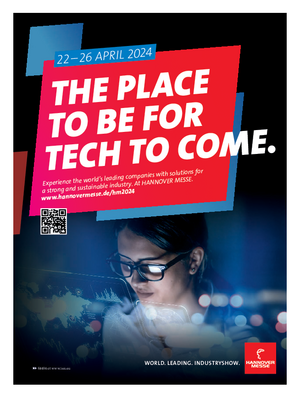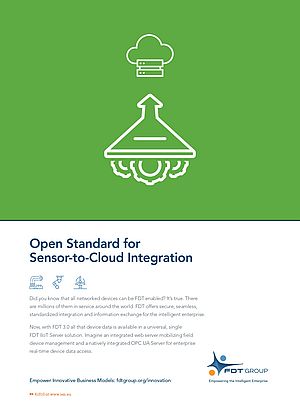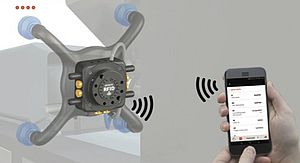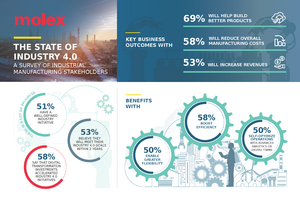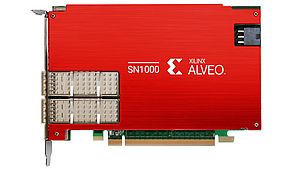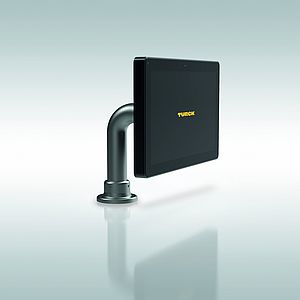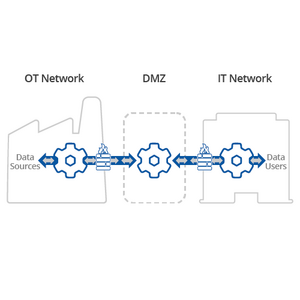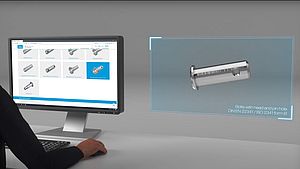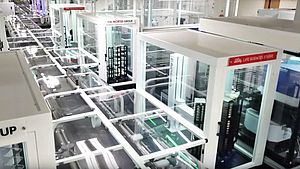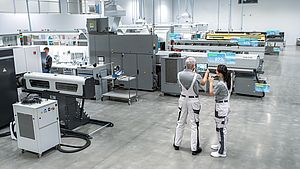The main constraints of additive manufacturing are its low productivity and the limits in the size of the metal parts produced. 3D printing is currently only possible for small parts with complex shapes, up to 100 mm in diameter and weighing not more than 400 g. Laser fusion, however, can handle parts that reach lenghts of 600 to 700 mm. The mechanical structure of the parts obtained is perfectly satisfactory. However it is still not possible to expect the machines to output ready-to-use parts. A range of sintering, finishing or surface treatment operations is needed. This means that additive manufacturing is still impacted by its low productivity and even further by these additional finishing tasks.
Potential and progress
All these factors tend to induce car manufacturers not to rush into this technology. Its adoption is also countered by the force of habit and confidence invested in traditional manufacturing processes. Nevertheless, none of the car manufacturers seem to want to turn their backs on the future. All of them are looking closely both at the potential and the progress accomplished by additive manufacturing. It is clearly an attractive proposition for manufacturing complex parts. Since it has an higher cost than traditional processes, all opportunities to mitigate this have to be exploited to the maximum by incresing the number of functions in the part. Designers also have to be aware that they can create shapes like lattice structures or internal channels with complex forms that could not be implemented otherwise. Because of this, additive manufacturing is attracting considerable interest from car manufacturers for components used for fluid draining and for filtering.
READ THE FULL ARTICLE HERE, ON PAGE 4


